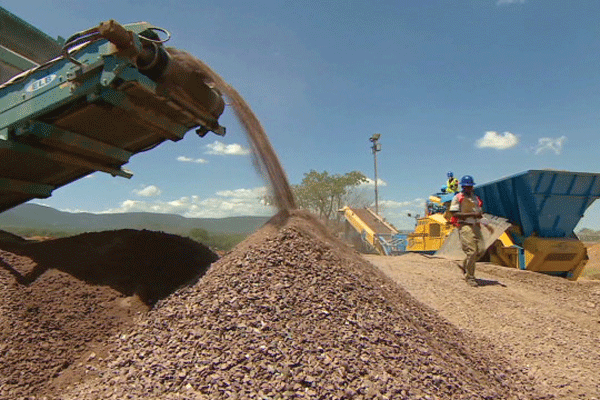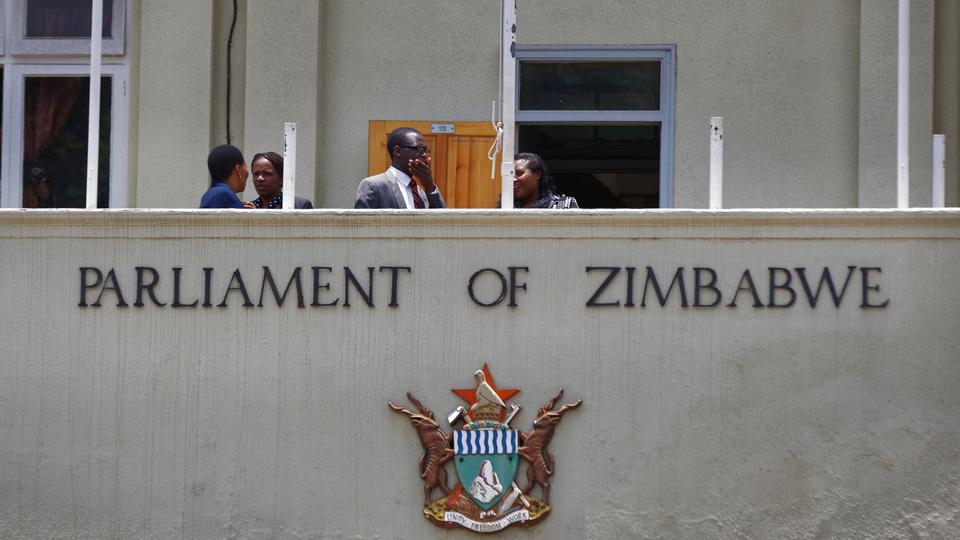
THE outlook for Zimbabwe’s mineral commodity export earnings is less than stable as the prices of gold and platinum — the country’s top two minerals by value — face growing downward pressure from a strengthening United States dollar (USD).
BY TATIRA ZWINOIRA
On June 13, the United States Federal Reserve hiked its benchmark short-term interest rate a quarter percentage point to 2% from 1,75%, which saw the USD appreciating and pushing demand for gold and platinum lower.
Investors turn to gold and platinum as a hedge against dollar appreciation. In principle, the price of these commodities tends to fall when the USD appreciates, for they become more expensive to buy in USD terms.
As of yesterday, gold was trading at $1 189.30 per ounce, while platinum was trading at $796.80 per ounce. For gold, this was a drop of 7,74% from $1 289,10 per ounce on June 12, while for platinum, the decline was about 11,78% to $903,20 per ounce before the rate hike.
The retreat in the prices is expected to continue until year-end as the market expects two more rake hikes by the US Fed.
Gold is Zimbabwe’s top foreign exchange earner, followed by platinum group metals.
The bearish outlook may dampen the country’s mineral commodity earnings, further crippling the liquidity situation in the economy.
- Chamisa under fire over US$120K donation
- Mavhunga puts DeMbare into Chibuku quarterfinals
- Pension funds bet on Cabora Bassa oilfields
- Councils defy govt fire tender directive
Keep Reading
A Reserve Bank of Zimbabwe (RBZ) weekly economic report for the week ending August 3, 2018 indicated that gold retreated to $1 218.47 per ounce while platinum prices declined by 0,8% to US$825.80/oz.
“During the week ending 3rd August 2018, the international commodity prices of platinum, gold copper and crude oil retreated from their previous week level. Nickel prices, however, firmed during the same week,” the RBZ report stated.
“Gold prices retreated by 0.7% to US$1,218.47/oz., from a weekly average of US$1,226.58/oz. in the previous week. The metal remained under pressure from a stronger US dollar, which dampened the safe haven status of the metal. Platinum prices declined by 0.8% to US$825.80/oz during the week under review, from a weekly average of US$832.40/oz. The precious metal was weighed down by a strengthening US dollar, resulting in weaker investment demand for the metal.”
According to APMEX Inc., a United States-based online retailer of precious metals, gold and platinum prices have been on a downward trajectory since the United States Federal Reserve increased its interest rate in June.
The platinum price faces further downward pressures from the recycling of catalytic converters on which the bulk of the world’s platinum is used, according market analyst Lee John who is also managing director for BioMetallurgical Group.
The recycling of catalytic converters is increasingly becoming a reliable and more cost-effective source of platinum.
John also sees the possibility of a currency war between the US with other super powers over the appreciation of the USD, which could see investors returning to investing in gold.
“I think the long-term future for gold is currently very bright because of the long-term currency problems around the world. There is a looming currency war that could happen between the US, euro, yuan, yen and the other major currencies. As countries fight to protect their own economies, they will print more of their own monies as America has been doing, but the European Union will need to the same along with Britain and Japan.” John said.
“Now, when you’ve got two currencies competing against each other, you may need to devalue. So you’ve got the US, which will print more money to make their exports cheap. You also have got Japan and China, which will do the same. Now, you have everyone competing. But, the value of gold will not change an ounce of gold is an ounce of gold.”
This printing of extra cash is expected to then force investors to move away from money markets to more stable investments such as gold.
A US interest rate hike involves American depository institutions such as banks and credit unions lending reserve balances to other depository institutions overnight, on an uncollateralised basis.
However, by charging the interest on reserve balances, the USD appreciates, which in turn negatively affects commodity prices because this tends to get international investors to switch from money markets to a more stable investment.











